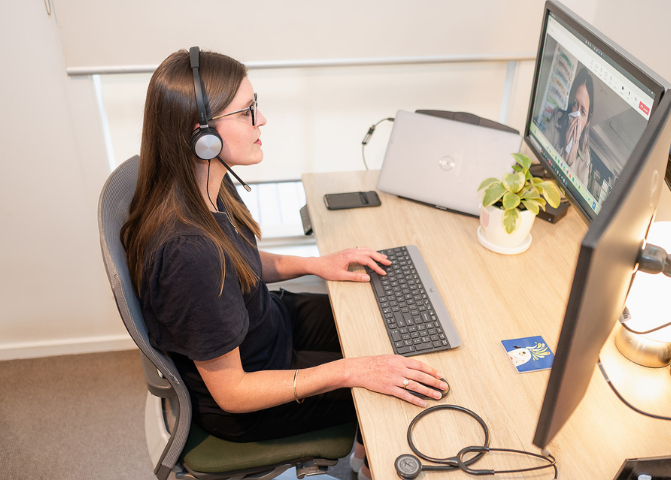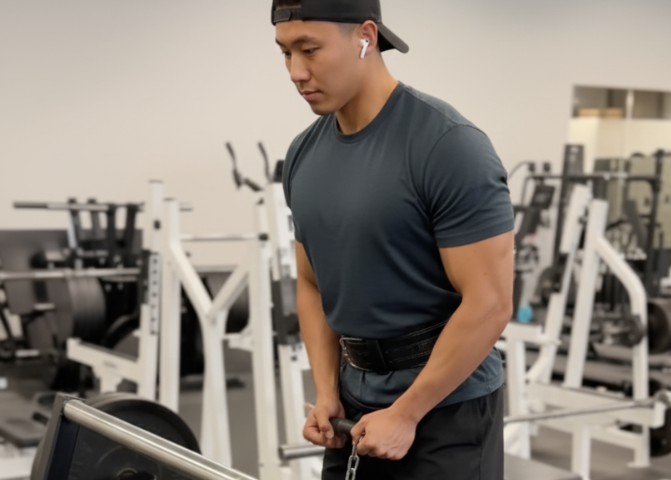21/09/2025
Your Sick Leave Rights : Everything Australian Workers Need to Know
Taking care of your health shouldn’t be complicated. That’s why we’re here to help you understand your sick leave rights in Australia. At Medmate, we believe in hassle-free healthcare – and that includes knowing exactly what you’re entitled to when you need time off work. With our 24/7 telehealth services, getting the medical support and certificates you need is simpler than ever. Let’s walk through everything together, from your basic rights to the latest updates affecting Australian workplaces.
Your Sick Leave Rights Made Simple
What Exactly is Personal/Carer’s Leave?
Sick leave (officially called personal/carer’s leave) is your paid time off when you’re unwell or need to care for family. It’s one of your fundamental workplace rights under the National Employment Standards. This means you can focus on getting better without worrying about your job or income. The Fair Work Act 2009 sets out these minimum standards for everyone covered by Australia’s workplace system – no matter what industry you’re in.
When Can You Use Your Leave?
Your personal/carer’s leave covers these situations:
- When you’re too sick or injured to work
- Caring for sick family or household members
- Handling unexpected family emergencies
- Attending medical appointments and health check-ups
How Your Leave Builds Up
Your Annual Entitlement
Full-time workers receive 10 days of paid personal/carer’s leave each year. This starts building up from your very first day – no waiting around. If you work part-time, you’ll get leave based on your regular hours. For instance, working three days a week means you’ll build up six days of leave annually.
How It Adds Up Over Time
Your leave builds up bit by bit throughout the year:
- Each month: You gain about 0.833 days
- Each week: You gain about 0.192 days
- Each day: You gain about 0.0274 days
It Doesn’t Expire
Your unused sick leave rolls over year after year. There’s no cap on how much you can save up. This is different from annual leave and means you can build a safety net for when you really need it. Long-term employees often build up substantial leave balances – providing peace of mind during serious illness or recovery. With Medmate’s convenient telehealth consultations, you can stay on top of your health and potentially avoid needing extended time off.
Who Gets Sick Leave?
Nearly Everyone’s Covered
Good news – most workers get paid personal/carer’s leave:
- Full-time employees
- Part-time employees
- Fixed-term contractors
- New starters in probation
- Apprentices and trainees
What About Casual Workers?
If you’re a casual employee, you don’t get paid sick leave under Fair Work rules. However, you can access:
- Unpaid carer’s leave (2 days when needed)
- Unpaid compassionate leave
- Higher hourly rates that compensate for no leave
Regular casuals might be able to convert to permanent work and gain these benefits.
No Waiting Period
Unlike some countries, you can use sick leave from day one in Australia. There’s no minimum time you need to work first, though your employer might ask for different proof if you’re new.
Letting Your Employer Know
Keep Communication Simple
When you need sick leave, tell your employer as soon as you can. Here’s what works best:
- Call before your shift starts
- Let them know how long you might be away
- Follow your workplace’s process
- Stay in touch if you’re off for longer
Getting Your Medical Certificate
Your employer can ask for proof of illness, with different requirements based on how long you’re away. Medmate makes this simple with official medical certificates through our telehealth platform, delivered electronically the same day. Get a Medical Certificate Online
Other Ways to Prove You’re Sick
When getting to a doctor is difficult, these alternatives work:
- Statutory declarations
- Pharmacy certificates
- Telehealth consultation records
- Hospital paperwork
- Specialist appointment confirmations
Understanding Your Pay
What You’ll Be Paid
You get your regular base pay for normal hours when on sick leave, which doesn’t include:
- Overtime rates
- Penalty rates
- Allowances
- Bonuses
- Incentive payments
Working Out Your Payment
How much you get depends on your work pattern: Regular hours: Your normal daily or weekly pay Changing hours: Average of the last 12 months Shift work: Pay for the shifts you would have worked
Public Holidays During Leave
If a public holiday falls while you’re on sick leave:
- You get public holiday pay (doesn’t use sick leave)
- Your sick leave continues after the holiday
- You won’t get paid twice
What’s New
Family Definitions Have Expanded
Recent decisions have broadened who counts as immediate family:
- Same-sex partners and spouses
- Foster and kinship care arrangements
- Extended family in Indigenous communities
- Chosen family relationships
Mental Health Matters
Your mental health is just as important as physical health in the workplace. Employers must:
- Accept appropriate mental health documentation
- Provide support and flexibility
- Keep your information confidential
- Treat you fairly
Through Medmate’s online services and our partnership with mental health providers like Jelly Health, you can access confidential support and get the documentation you need for mental health-related leave. Get Mental Health Support
Changes Since COVID-19
The pandemic changed how we handle sick leave:
- Telehealth certificates are widely accepted
- More flexible evidence requirements
- Greater emphasis on staying home when sick
- Better workplace health practices
Going Digital
Modern workplaces now use:
- Online leave systems
- Digital certificate uploads
- Real-time balance checking
- Mobile app updates
Your Sick Leave Questions Answered
How many sick days do I get each year?
Full-time workers get 10 days (76 hours) of paid personal/carer’s leave annually. This builds up throughout the year and unused days carry forward. Part-time workers get leave based on their regular hours.
Can my employer say no to sick leave?
Your employer can’t refuse genuine sick leave if you follow the rules. They can ask for reasonable proof like medical certificates. Not providing requested evidence might mean unpaid leave or other consequences.
What happens to sick leave when I quit?
You don’t get paid out for unused sick leave when you leave a job. This is different from annual leave. Some workplace agreements might have different arrangements.
Can I use sick leave for appointments?
Yes, you can use your leave for any medical appointments. This includes regular check-ups, dental visits, and mental health sessions. Your employer might ask for proof. Medmate’s telehealth appointments count as legitimate medical consultations, with instant electronic documentation.
When can I start using sick leave?
You can use sick leave from your first day of work. There’s no waiting period. Just follow your workplace’s notification process and provide evidence if asked.
Can I take part days off?
Yes, you can use leave in hours or part days. Take only the time you need for appointments or recovery. Your employer should allow this flexibility.
What if I use all my sick leave?
If you run out of sick leave, you might need to use annual leave or take unpaid time off. Consider flexible work arrangements, income protection insurance, or workers’ compensation if work-related.
Does sick leave reset annually?
No, unused leave carries over and keeps building up. You add 10 new days each year to your existing balance. This is different from some overseas systems.
Can my boss contact me while I’m sick?
Your employer should keep contact minimal while you’re on leave. Too much contact could be harassment. Reasonable check-ins during extended absences are usually fine.
Is mental health a valid reason?
Mental health conditions are legitimate reasons for leave. Stress, anxiety, depression, and other conditions are treated the same as physical illness. You might need appropriate medical evidence.
Can I lose my job for being sick?
You can’t be fired just for using your sick leave entitlements. But frequent absences affecting your work might lead to discussions. Employers must follow fair processes and consider adjustments.
What proof do I need for carer’s leave?
The same evidence rules apply for caring for others. This might include medical certificates for the person you’re caring for or declarations about your care responsibilities.
Wrapping Up
Knowing your sick leave rights helps you take care of yourself while keeping your job secure. Australia’s Fair Work system gives you strong protections – 10 days annual leave, immediate access, and flexible use. With Medmate’s 24/7 telehealth services, getting the medical documentation you need is easier than ever. Our Australian-registered doctors provide official certificates electronically, delivered to your door. Contact Us For specific situations, check the Fair Work Ombudsman website or get professional advice. Remember, many workplaces offer even better conditions through their own agreements.
Recommended reading
Search for a specific topic or filter by categories to find information on what you need to know on the full Medmate Journal


The Belt Squat RDL is a Game-Changer
Looking to build a stronger, more powerful lower body while minimizing risk? The Belt Squat RDL might just be the exercise you’ve been missing. This unique movement, often overlooked, offers…